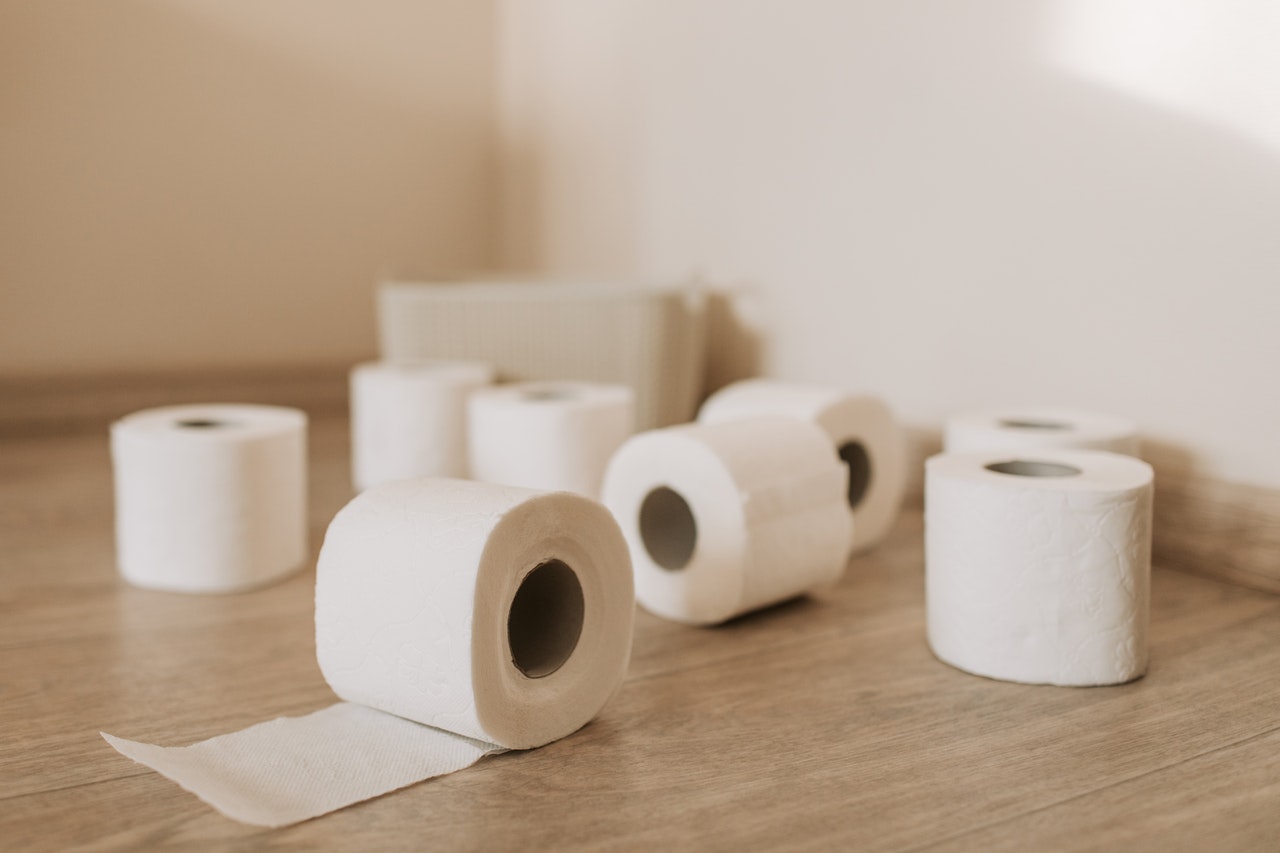Toilet papers are an essential routine item. An average Australian uses more than 150 rolls every year. For some, toilet paper is used for their hygiene. However, others use it to clean about anything – to wipe their noses when they have a cold, clean up liquid spills on the table or floor, makeup removal.
Sometimes even for some other cleaning chores like wiping fingerprints off your keyboard and wiping utensils before eating. But, have you ever thought about what goes behind the scenes? What is the toilet paper manufacturing process? or How do manufacturers make it?
For those who are at least curious, this article will give you some clarity and peace of mind about the process of manufacturing toilet papers and everything about it.
Before learning about the process, here are some quick toilet paper facts:
- It takes about 384 trees to make the toilet paper that one man uses within his lifetime.
- The average person uses 100 rolls of toilet paper per year i.e. over 20,000 sheets.
- The daily production of toilet paper is about 83,048,116 rolls per day.
- Toilet paper is often used for making dresses.
Toilet Paper Manufacturing Process
Today, toilet paper is mostly manufactured from “chemical pulps” and it comes from paper. Forms of paper used in the production of toilet paper can include various forms of recycled paper, virgin tree pulp, and hemp plants. The main materials used to manufacture toilet paper include:
- Water
- Tree pulp
- Chemicals for extracting fibre
- Bleach
To give the toilet paper a pure white colour, manufacturers use various methods to achieve this including ozone, peroxide, oxygen, or sodium hydroxide. After that, the toilet p is pressed, embossed, scented, perforated, and coloured.
General Steps:
1) Preparation
The outer layer of the tree gets removed but there will still be as much wood left on the tree as possible.
2) Deconstruction
The remaining wood is then passed through machines to chip them into small uniform sizes, making it easy to crush the wood before getting divided into several batches.
3) Digestion
A batch of chipped woods is then mixed with other chemicals in a machine called a digester (like a pressure cooker) for approximately 3 hours. The moisture in the wood has to evaporate and reduce to a mass that results in the creation of pulp.
4) Cleaning
The pulp is then washed, cleaned, and bleached until all the colour is removed. The adhesive that binds the wood fibre together must also be removed from the pulp or it could turn the paper yellow over the time of production.
5) Pre-production Pressing
The pulp will now be mixed with a lot of water to create a mixture called paper stock. This mixture will consist of 99.5% water and 0.5% fibre. The stock is sprayed onto a mesh sheet that drains the excess water. The paper is then pressed and dried to record the final moisture of about 5%.
6) Production and Rolling
With the help of a metal blade, the paper is scraped off and wound onto giant reels. Then it is moved to machines that cut the papers into long strips and perforated into squares.
7) Cutting
The final step! Toilet paper logs are then cut into standard-sized rolls along the production line. After removing any defective pieces, final rolls are then wrapped into packages and shipped.
Most of the time, toilet paper manufacturers produce toilet papers that uphold the quality of their products to earn the buyer’s trust. If you are an eco-conscious person and incline more towards the environmental beneficial toilet paper, check out Bog Rolls. Bog Rolls is a toilet paper wholesale supplier and manufacturer that uses 100% eco-friendly and biodegradable paper.
For more information, visit https://bogrolls.com.au/.







